Study Confirms Dogs Get Jealous When You Show Affection to Another Pet
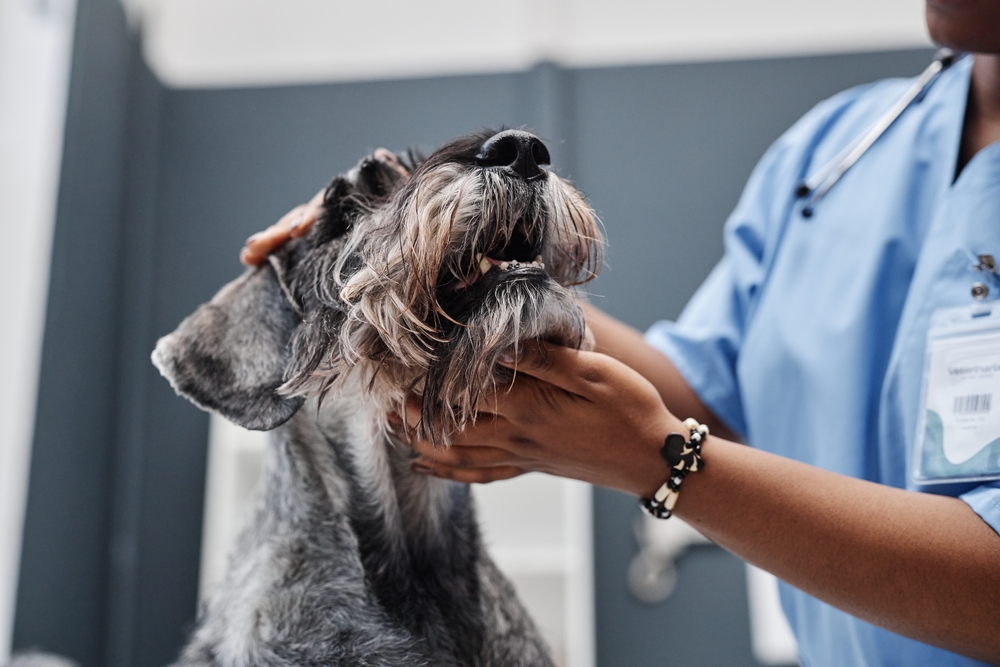
Picture this: you’re petting a friend’s dog, or maybe cuddling your new puppy, and suddenly your older dog nudges their way in eyes wide, tail stiff, insistently planting themselves between you and the newcomer. Is it just a plea for attention… or something deeper?
For centuries, we’ve believed jealousy was reserved for humans – a complex emotion born of ego and awareness. But if you’ve ever seen your dog sulk when your focus shifts, or act out when a baby enters the home, you know better. The truth? That green-eyed feeling may not be uniquely human after all.
Recent research confirms what many dog lovers have long suspected: dogs can and do exhibit jealousy. Not just over food or toys, but over you. The bond between a dog and their person runs deeper than loyalty it touches on territory once thought to be exclusive to our own species: emotional rivalry, possessiveness, and fear of losing love.
Science is catching up to what our hearts already knew.
The Science Behind Jealousy
A pioneering study by the University of California, San Diego, placed dogs in controlled situations where their owners expressed affection toward a realistic animatronic dog, a Halloween jack-o-lantern, and a pop-up book. The results were clear: nearly 80% of the dogs pushed or tried to come between their owners and the stuffed dog. In contrast, less than half reacted to the inanimate objects. A significant 25% went even further snapping, barking, or attempting to bite the faux pup. These behaviors weren’t just reactions to being ignored they were triggered by the perception of a social rival.
Similarly, researchers at the University of Auckland confirmed that dogs become visibly agitated not just when they see a rival getting affection, but even when they can only imagine it. When a barrier blocked their view, dogs still tugged with equal force on their leash if they believed their owner was petting another dog behind it. They reacted far less when the interaction involved a fleece cylinder a non-social object. This suggests dogs are not merely responding to the loss of attention, but to the disruption of an emotional connection.
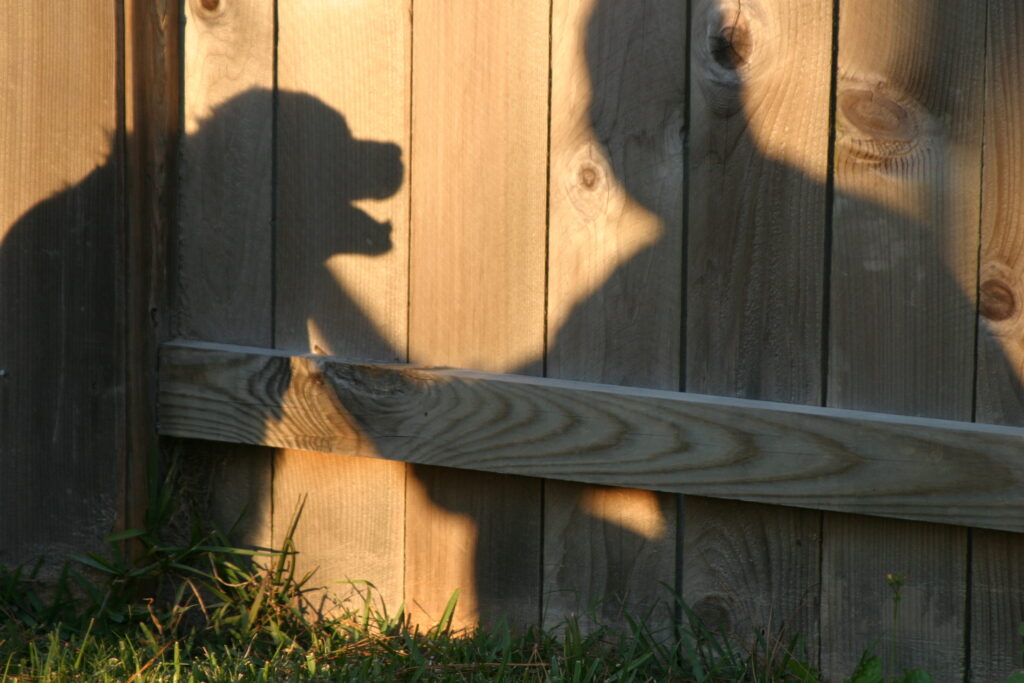
These findings align with a growing body of animal cognition research. Jealousy, as understood by psychologists, requires a social triangle: the self, a valued partner, and a perceived interloper. For humans, jealousy is often layered with self-reflection and existential fear. But in animals, researchers are now recognizing a more basic version what some call “primordial jealousy.” This form doesn’t require advanced reasoning. It simply arises when an attachment figure’s attention shifts to someone else.
Interestingly, this emotional reflex may have evolutionary roots. It’s believed that jealousy first evolved in sibling-parent dynamics, where offspring competed for limited care and resources. In dogs, animals that are social, cooperative, and sensitive to human behavior this emotional architecture may have remained intact. It motivates behaviors designed to reclaim attention, break up rival interactions, and protect bonds essential to their survival and well-being.
Jealousy in dogs isn’t a projection of human emotion it’s a reality grounded in biology, behavior, and attachment. When a dog responds to a rival with urgency, it’s not just mischief. It’s the echo of an ancient, universal feeling: “Don’t forget about me.”
What Jealousy Looks Like in Dogs
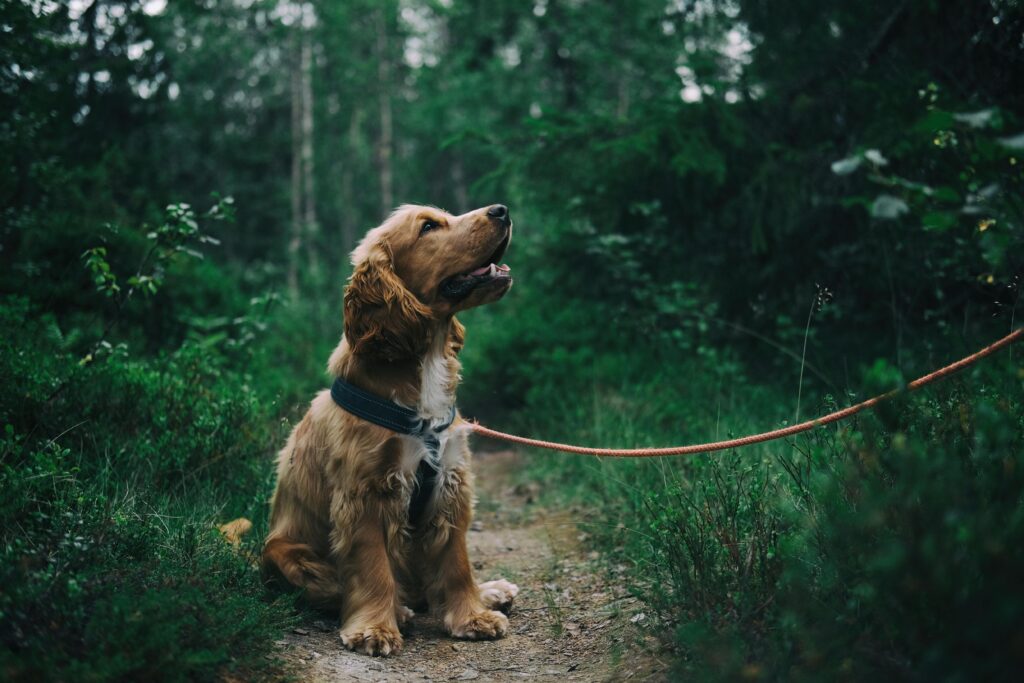
Just like humans, dogs express emotions through patterns of behavior, body language, and social cues. But unlike us, they can’t say, “I’m feeling left out.” Instead, they show us. Jealousy in dogs doesn’t look exactly like it does in people, but it follows the same emotional blueprint: protect the bond, eliminate the rival, restore connection. Understanding these behaviors is essential not just for training, but for empathy. Below are the most common ways jealousy manifests in dogs, broken into key categories.
Physical Interruption: Inserting Themselves into the Relationship
One of the clearest signs of canine jealousy is physical interference. Many dogs try to insert themselves between their owner and the perceived rival whether it’s another dog, a baby, or even a partner.
- Blocking or wedging: A jealous dog may physically place their body between you and the other person or animal.
- Nudging or pawing: They might bump your hand with their nose or paw at your leg to reclaim your attention.
- Pushing away the rival: Some dogs will try to shoo away the new pet or person by nudging or even sitting on them.
In a 2014 UC San Diego study, over 75% of dogs pushed against their owner or the rival when the owner showed affection to a realistic stuffed dog. These weren’t random movements they were strategic attempts to restore proximity and stop the connection from continuing.
Vocalizing: The Sounds of Emotional Distress
Dogs communicate a lot through sound, especially when emotions run high.
- Whining: A soft, persistent whine is a frequent sign of distress or frustration.
- Barking: Short, urgent barks may indicate agitation or a demand for attention.
- Growling: Directed at the rival, this suggests a perceived threat to the dog’s social standing or safety.
Though not all vocal dogs are jealous, a sudden uptick in noise when you’re paying attention to someone or something else is a common red flag.
Aggressive or Defensive Reactions: When Jealousy Escalates
In more intense cases, jealousy crosses into protective or aggressive behavior.
- Snapping or biting: Directed at a rival pet or person, this behavior shows that the dog feels their connection to you is under threat.
- Stiff posture or tail raised high: These are signs of high arousal, alertness, and potential aggression.
- Staring or freezing: A dog that freezes and stares at the rival may be calculating its next move especially if other stress signals are present.
In clinical settings, about one in four dogs showed aggression toward a fake dog that received affection from their owner despite owners assuring researchers their dogs weren’t aggressive.
Withdrawal or Avoidance: The Silent Protest
Not all dogs express jealousy outwardly. Some retreat into passive behaviors that signal emotional discomfort.
- Ignoring the owner: Turning their back, walking away, or avoiding eye contact can indicate a sense of being emotionally shut out.
- Sulking: Lying down in a corner or refusing to engage can be your dog’s way of protesting the shift in attention.
- Avoiding the rival: Dogs may avoid the new pet or person altogether if they feel defeated or overwhelmed.
Interestingly, studies show dogs ignored their owners more when affection was given to inanimate objects, suggesting that they discern between benign distractions and real emotional threats.
Clinginess and Over-Attachment: Seeking Reassurance
On the flip side, some dogs respond to jealousy by becoming more needy.
- Following you everywhere: The dog suddenly becomes your shadow, refusing to leave your side.
- Over-grooming or licking: Self-soothing behaviors may increase when the dog feels insecure.
- Excessive affection-seeking: Constant nudging, licking, or jumping up to capture your focus.
While these behaviors may seem cute or harmless, they’re often rooted in deeper emotional insecurity.
Regressive or Unusual Behaviors: Acting Out from Emotion
Jealousy can sometimes lead to stress-induced behavioral changes.
- Inappropriate urination or defecation: Especially if directed at your belongings, this may signal emotional protest or distress.
- Destructive behavior: Chewing up shoes or furniture might be an outlet for frustration or an attempt to regain your attention.
- Loss of appetite or changes in sleep: These may indicate emotional turmoil tied to relational tension.
It’s important to rule out medical issues, but when these behaviors arise alongside a new pet, person, or change in your attention, jealousy is a likely factor.
Why Do Dogs Get Jealous? The Emotional Core of Connection
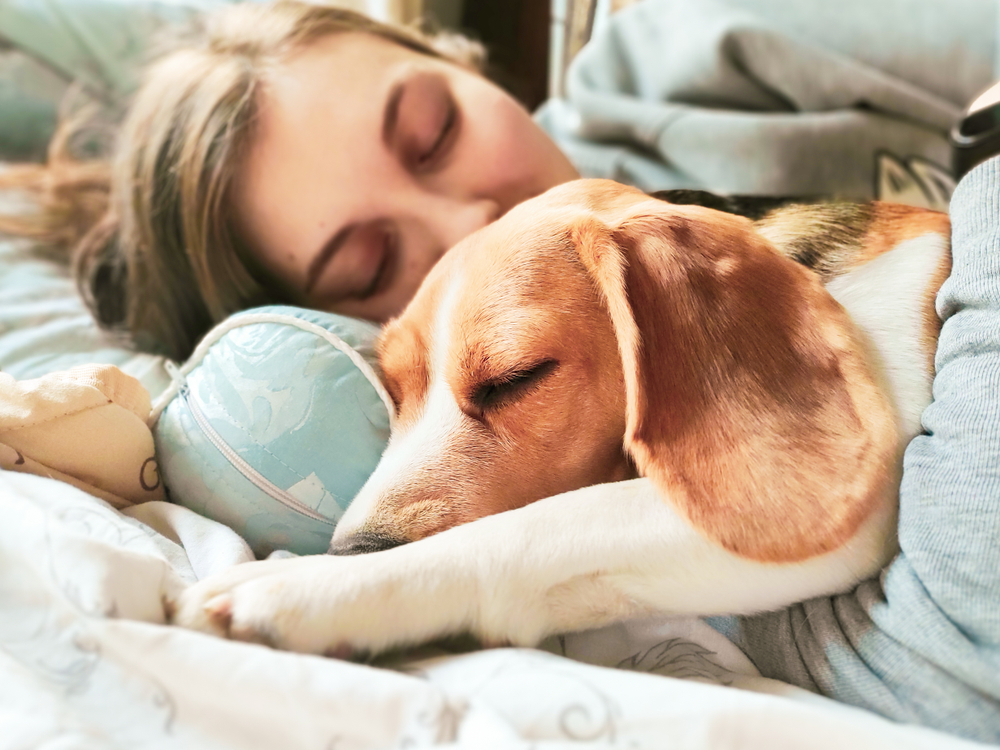
At the heart of a dog’s jealousy isn’t dominance, defiance, or disobedience it’s love. Dogs are social animals, wired to form deep bonds not just with each other but with us. When that bond feels threatened, even momentarily, it triggers a primal emotional response designed to protect the connection they hold most dear.
Jealousy in dogs doesn’t need complex thought to arise. Studies suggest it can be what researchers call a primordial emotion a basic survival instinct that surfaces when attention or affection is diverted. This mirrors what happens in human infants, who as young as six months old show signs of jealousy when their caregiver focuses on another baby. The underlying emotion isn’t envy or spite. It’s fear of losing closeness.
For dogs, their human isn’t just a caregiver they’re family. This bond forms through daily routines, shared affection, and mutual trust. When that dynamic is disrupted whether by a new puppy, a baby, or even a visitor the dog may interpret it as a rupture in their emotional world. They’re not trying to “misbehave”; they’re trying to preserve their place in the relationship.
Several common scenarios trigger this response. A new pet often sparks jealousy because dogs perceive them as a direct competitor for affection and resources. Similarly, the arrival of a new baby can be deeply destabilizing. Dogs may struggle to understand why their once-consistent attention is now diverted. Even routine changes like moving, working longer hours, or having someone new live in the house can make a dog feel insecure about their role in your life.
Beyond life events, jealousy can also be tied to resource guarding not just of food or toys, but of relationships. If a dog senses that something valuable (your attention, your touch, your voice) is being shared with a “rival,” their natural response is to step in and try to reclaim it.
Interestingly, breed may play a role too. Some breeds, such as Border Collies or Chihuahuas, are more prone to displaying strong attachment and may be more reactive when that bond feels threatened. But even within the same breed, individual temperament matters. Some dogs express jealousy vocally, others physically, and some through withdrawal.
When Dogs React to Love Shared Elsewhere
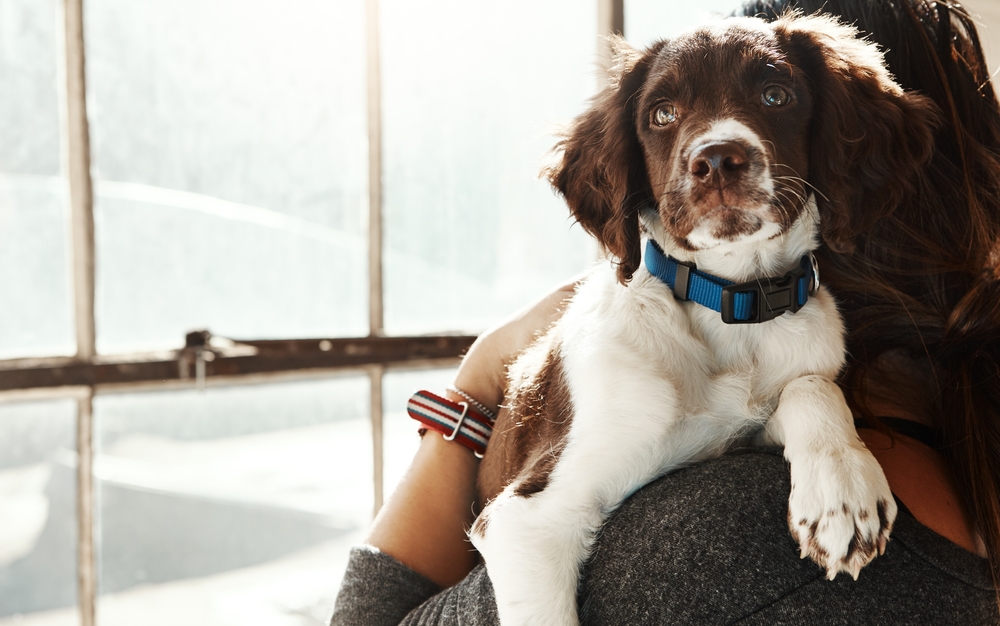
Take, for example, the experience of many new parents. Countless dog owners report sudden shifts in behavior after bringing home a baby. The once-relaxed family dog becomes anxious, clingy, or even standoffish. In some cases, they growl or bark at the infant not out of malice, but confusion and insecurity. The bond that felt stable has been interrupted. The affection they relied on now seems shared or worse, replaced.
Other owners describe their dogs’ reactions when introducing a new pet into the home. One dog began growling softly whenever their owner pet the newly adopted puppy. Another began sitting directly on the owner’s feet whenever they gave attention to a visiting dog. These behaviors aren’t acts of rebellion; they’re strategic attempts to insert themselves back into the emotional spotlight.
In experimental settings, these reactions were even clearer. When owners in one study stroked and spoke affectionately to a stuffed dog, many of their pets tried to physically disrupt the interaction pushing the fake dog aside, barking, or attempting to wedge themselves between the two. What’s striking is that these same dogs showed minimal interest when the owner interacted with inanimate objects like a jack-o-lantern or a book. The jealousy was socially targeted not just triggered by attention loss, but by affection being offered to someone else.
How to Respond to Jealousy in Your Dog Without Breaking Their Heart
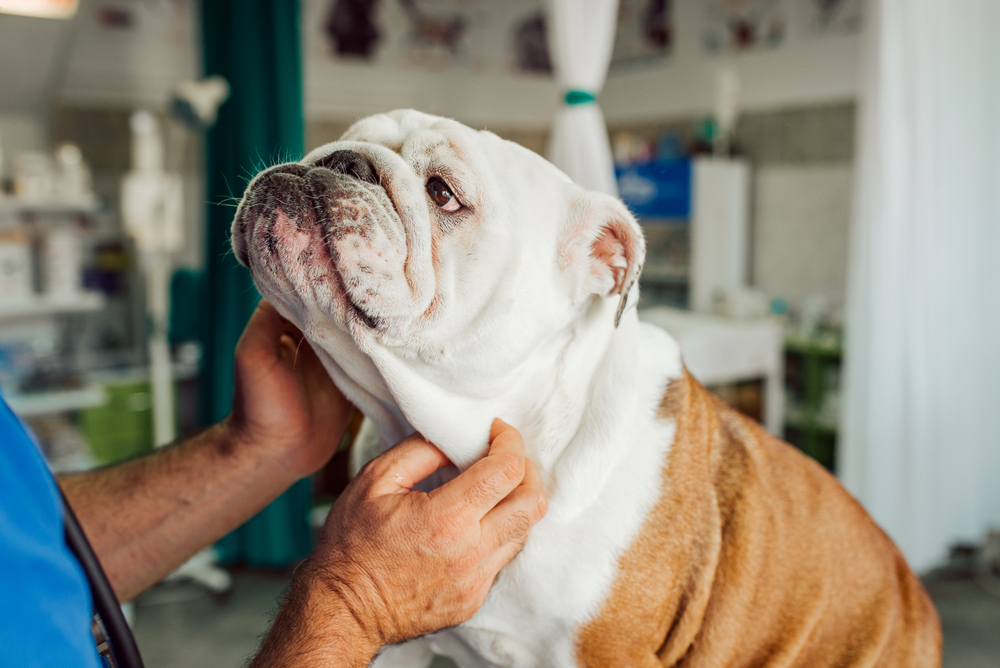
Jealousy isn’t just a behavioral issue it’s an emotional alarm. When your dog acts out in response to a new pet, person, or routine, they’re telling you something vital: they feel uncertain about their place in your life. The key to handling this isn’t punishment or appeasement it’s clarity, consistency, and compassion. Below are evidence-based strategies to help your dog feel secure again.
Don’t Reward the Wrong Behavior
When your dog barks, nudges, or jumps to interrupt you while you’re petting another pet or person, it’s tempting to respond whether to scold or to soothe. But both reactions feed the attention-seeking cycle.
Instead, stay calm and withhold your attention until they stop the disruptive behavior. Once they’re quiet and calm, give them praise or a treat. This teaches them that patience and composure, not interruption, earn your love.
“If you react positively or negatively you’re still rewarding the behavior,” explains Brian Hare, Director of the Duke Canine Cognition Center. “The goal is to reward calm, not chaos.”
Create Positive Associations with the “Rival”
If a new baby, pet, or person is at the center of your dog’s jealousy, start building positive links between them.
Use treats and praise whenever the dog calmly observes you interacting with the new addition. Reward them for relaxed body language and gentle curiosity. Over time, they’ll begin associating the presence of the “rival” with good things not competition.
Short, controlled exposure works best. For example, when petting the new puppy, toss a treat to your older dog if they stay calm. Gradually increase the interaction time as your dog shows signs of comfort.
Maintain Routines and One-on-One Time
Change is hard especially for dogs. A consistent routine provides a sense of safety. When big life shifts happen (a baby, a move, a new partner), don’t let your dog’s familiar rituals slip away.
Carve out dedicated time just for them, even if it’s brief. A daily walk, a game of fetch, or a few minutes of focused cuddles can reassure your dog that their place in your world is still secure.
Small efforts here go a long way in preventing long-term behavioral issues driven by emotional insecurity.
Train Calmness, Not Just Obedience
Basic commands like “sit,” “stay,” or “place” become essential tools when managing jealous behavior. Use them to redirect your dog’s focus and give them a task during moments of tension.
For example, when you’re greeting a new pet or person, ask your dog to sit at a short distance and reward them for staying put. This builds emotional impulse control, not just physical obedience.
Training sessions also double as bonding time reminding your dog they still have your attention and purpose in your life.
Avoid Creating Competition
It may be tempting to “test” your dog’s jealousy by petting another pet in front of them or withholding affection to see how they react. Don’t do it.
Deliberately provoking jealousy undermines your dog’s trust. Instead, distribute affection evenly and fairly, especially in multi-pet households. Make sure each dog has their own space, toys, and individual attention to reduce perceived rivalry.
Know When to Seek Help
If your dog’s jealousy includes escalating aggression, such as biting or guarding behaviors, consult a professional trainer or veterinary behaviorist. These experts can assess your dog’s emotional triggers and develop a safe, customized training plan.
In some cases, underlying anxiety or medical issues may be amplifying the response. A professional evaluation ensures you’re treating the root, not just the symptoms.
When Jealousy Turns Aggressive And What To Do About It
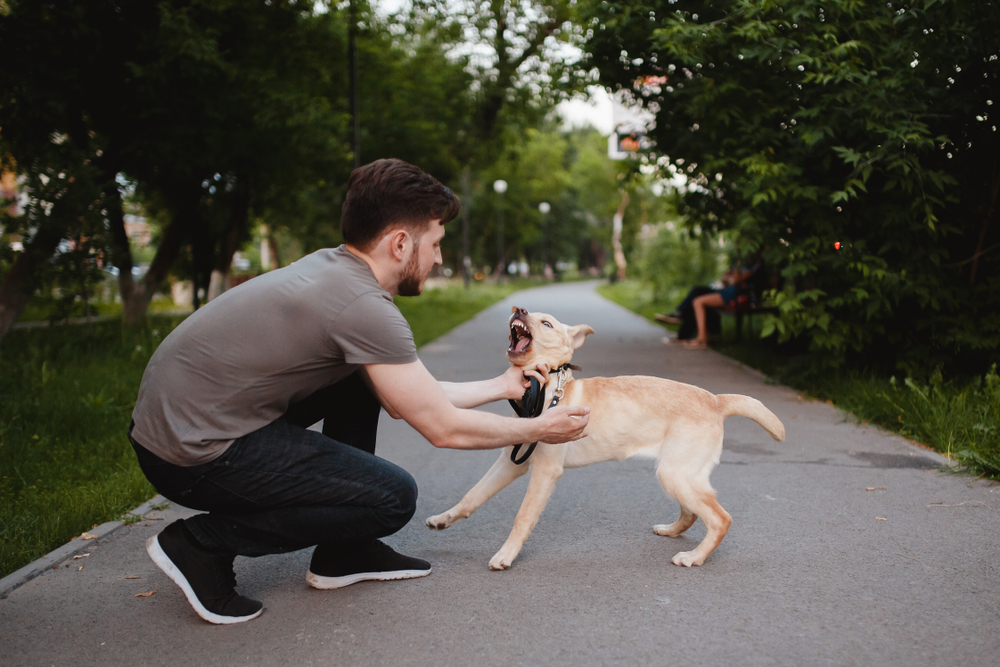
Research shows that around 25% of dogs exposed to jealousy-inducing scenarios, such as seeing their owner show affection to a rival, display signs of aggression biting, snapping, or barking forcefully. While this doesn’t mean your dog is inherently aggressive, it does mean the emotional tension has reached a critical point.
The first step is recognizing warning signs before they escalate: a stiffened body, hard staring, low growls, a rigid tail, or sudden lunging movements. These are not to be ignored or brushed off as “bad moods.” They’re signals of distress and potential danger.
In these moments, avoid punishment. Yelling or physically reprimanding your dog will often heighten fear and intensify the behavior. Instead, focus on managing the environment. If your dog reacts aggressively when you’re holding a baby or petting another animal, create space. Remove the jealous dog from the room or redirect their attention with a command they know and a reward they trust.
Desensitization training can also help, especially when done under the guidance of a professional. Gradually exposing your dog to the trigger another dog, a baby, a visitor while pairing that exposure with calm behavior and positive rewards teaches them a new association: “When I stay calm, good things happen.”
In more severe cases, a basket muzzle may be necessary during reintroduction training, especially if the risk of biting is high. Muzzles aren’t a punishment they’re a safety tool. When used correctly, they can reduce harm and help your dog participate in structured, positive social experiences without risk.
If aggression persists or worsens, consult a veterinary behaviorist. Sometimes, underlying anxiety or trauma may be at play, and addressing it may require both behavioral therapy and, in some cases, medical support.
Choosing Connection, Every Day
Jealousy in dogs isn’t petty or dramatic. It’s primal. It’s the echo of ancient survival instincts woven into the deep bond they’ve built with us over thousands of years. When your dog reacts to a perceived rival whether it’s a new pet, a new baby, or even a moment of divided attention it’s not disobedience. It’s vulnerability laid bare.
But here’s the gift: dogs don’t need grand gestures. They don’t need apologies or explanations. They just need presence. They need to know that, no matter how the world shifts, the love between you and them is a constant.
This isn’t only about dogs. It’s about how we show up for all our relationships. The ones who love us most are often the ones we overlook when life gets busy, when our attention is stretched, when our world expands.
So today, sit a little longer. Scratch behind their ears a little slower. Look them in the eyes and remind them: “You still matter. You always will.”
Because in a world full of noise, a quiet moment of love is everything.
Loading...

